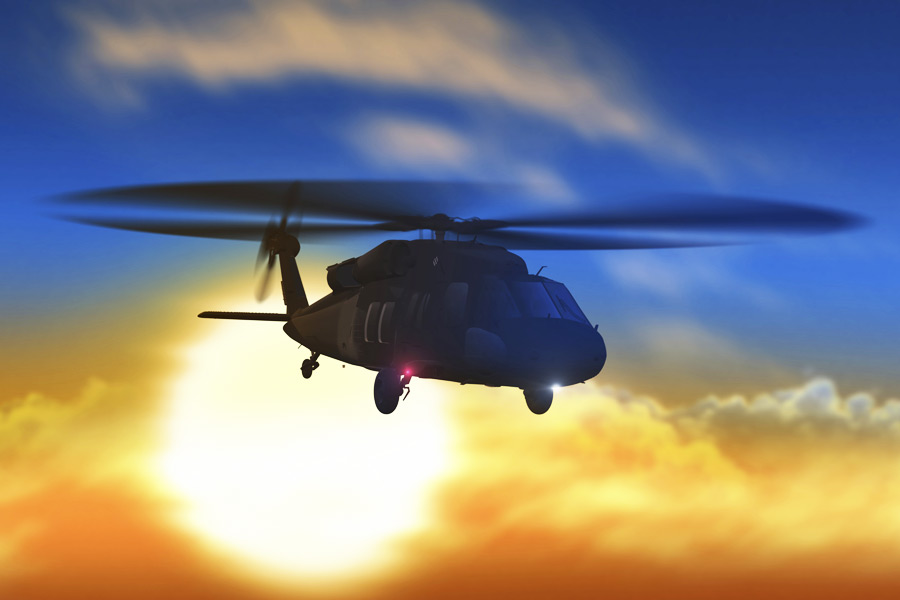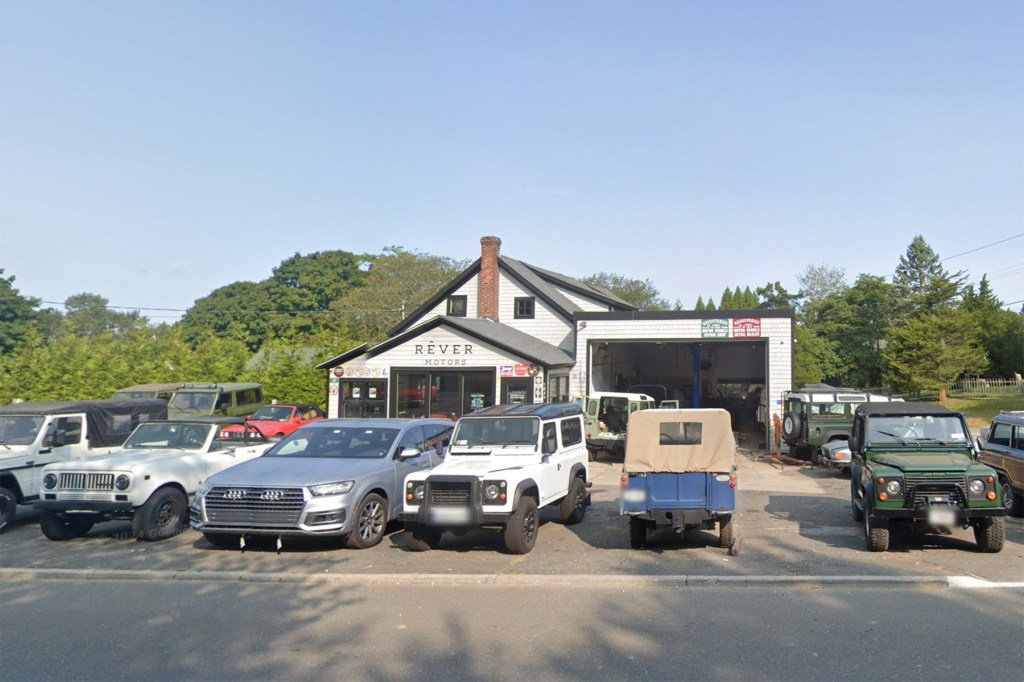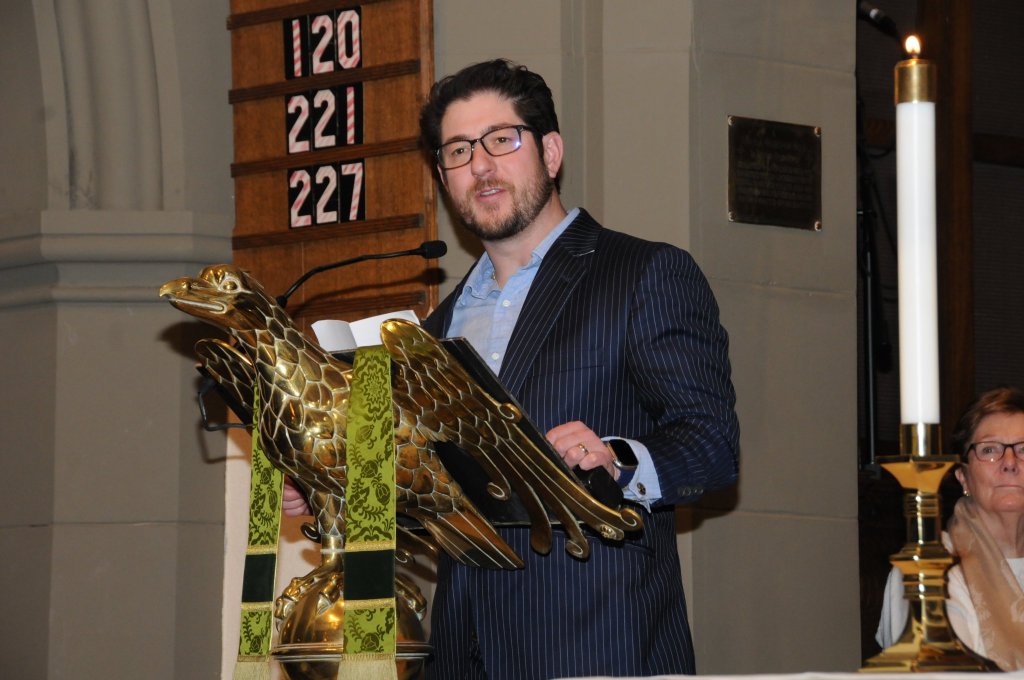Chopper Wars: East Hampton Airport Battles Helicopters

The war between the helicopters and the Town of East Hampton is about to begin. On the morning of January 1, 2015, the town reached a milestone that they believe allows them to enforce their own rules at East Hampton Airport, even if they are at odds with the Federal Aviation Authority (FAA).
The four most important grant assurances they received from the FAA expired as of January 1. And so now they will be creating their own rules about when, how many and how often helicopters and jets can rattle the skies over East Hampton. And they hope to have these new rules in place before the summer.
“We are going to be looking at proposals beginning in February,” Town Supervisor Larry Cantwell told me. “I am going to be responding to the will of the people.”
The will of the people of East Hampton has been logged with more than 25,000 noise complaints from residents of this town this past year. The jets and choppers scream in. Enough, the residents say. That number of noise complaints exceeded the number of noise complaints from the prior year by nearly 10,000. And the number of noise complaints at East Hampton last year exceeded the number of noise complaints logged at Logan Airport in Boston and O’Hare Airport in Chicago, according to Cantwell. The source? The helicopter traffic coming into East Hampton this past summer exceeded by half the number from the year before. Enough is enough.
This increase in traffic staggers the imagination of anyone who remembers what this airport was like in 1960.
In 1960, the main building at the airport consisted of a former Army barracks building towed to East Hampton from the World War I basic training base at Camp Upton, in Yaphank. Veterans from that war were welcome to them for $1 and tow it off. The barracks building became the waiting room. Soon thereafter, an addition was needed for a traffic control office. And so a local farmer donated a large chicken coop that got towed over and attached. That was East Hampton Terminal in 1960, with another small addition, the bathroom, attached on the side. Barracks and chicken coops did not have plumbing.
A few local people had private planes then. A few summer people had them, too. It was possible to fly out here in small planes from New York City back then and some people did.
But now that is all changed. The 4,255-foot runway can accommodate large twin-engine private jets, only a small step down from a commercial jet, which can fly in here from Los Angeles with an executive on board, nipping at the sound barrier along the way. And the helicopters—back then you might see one once a month as a curiosity—are a virtual parade on Friday afternoons.
For a while it was just the very rich and the corporate CEOs who could pay the $1,700 fare to charter a helicopter from Manhattan. But now the owners of the helicopters are putting charters together. They fill every seat. You can fly out here on a chopper for the weekend for just $350 a seat, which saves an hour off the two-hour trip on the Hampton Ambassador (which has movies, attendants, bathrooms and wine). Saving an hour is important. That’s one more hour in the Hamptons. And what’s another $300, anyway—the difference between the Ambassador fare and the helicopter fare—to rub shoulders with some other Hamptonites with the big bucks? And the noise of the helicopters is outside. Not inside. You can talk.
Over last Fourth of July weekend, the herds of helicopters on some occasions were left to just circle around up there, stopping all conversation down below for 10 minutes or more before getting permission to land. That weekend, the town logged 797 noise complaints. If you calculate one complaint for every two helicopter takeoffs and landings, there were nearly 1,500 landings and departures by helicopter that weekend.
Can’t they make a quiet helicopter? Cars, which used to be so noisy, are now quiet. There are excellent mufflers.
“We’ve asked,” Cantwell said. “There seems to be none available.”
Until now, the Town has been happy to have the financial support of the FAA, which, as they understood it, meant that the FAA makes the rules, not them, at least in matters of safety and scheduling. And don’t most airports have to follow the FAA?
Well, for one thing, as Cantwell and the Town Board have found out, Southampton has rules and regulations for its chopper pad on Meadow Lane, even if they conflict with the FAA’s desires. And there are municipalities in the New York metropolitan area that make rules about helicopter pad takeoffs and landings, even though they also might conflict with the FAA’s hopes and desires.
“The City of New York made rules for one of its heliports not long ago,” Cantwell told me. “They were upheld in the courts.”
For years now, the FAA has been appealed to by the Town to do something about the increasing noise pollution at the East Hampton Airport. But the FAA has done nothing. It appears its philosophy is the more the merrier when it comes to East Hampton. They work with the airline industry closely, after all. They did try changing the approach routes, though. Maybe if the choppers flew to East Hampton over woods, it would help. But they made a mistake.
One “woods” that now has a helicopter route is the woods that makes the Georgica Pond community the leafy, sylvan, attractive place it is today, with some of the highest real estate prices, the largest mansions and the most famous and wealthy folks summering there in peaceful seclusion.
That was not a good idea on their part. Ken Lipper, the investment banker who created the “Lipper Report” that everyone reads, has a home in Georgica. He partnered with Peter M. Wolf, an urban planner, to bring in heavyweight lawyers to determine that the Town could, in fact, impose regulations on the helicopters and planes.
(Wolf told The New York Times on Monday, “If you had a single location that’s polluting all the water in a community, you’d want to do something about it. Well, we have a single source that’s polluting a peaceful environment and to some extent the air in a community. Something needs to be done about it.”)
Lipper and Wolf are proposing limiting takeoffs and landings to four per hour and having the airport operate only between 9 a.m. and 5 p.m.
I asked Supervisor Cantwell if having Lipper and Wolf and fat-cat lawyers involved encouraged him and he said no.
“We’ve been planning this a long time,” he said. “We have one of the foremost legal attorneys in this field, Peter Kirsch, of Colorado, advising us. And we’ve had independent accountants review the finances of the airport with an eye to finding new sources of income other than the FAA. The difference is just a million or two a year.”
Other sources could include raising takeoff and landing fees, and fees for other services.
“It’s not like the FAA just gives us cash,” Cantwell told me. “The monies we receive are grant assurances for improvements to the airport. They stretch out for years. We have some smaller such grant assurances that will continue on to 2020 and 2021, but the four most important of these assurances ended on December 31. And we believe that tips the matter into a place where we can exert our rights.”
Look. Up in the sky. It’s, it’s…









